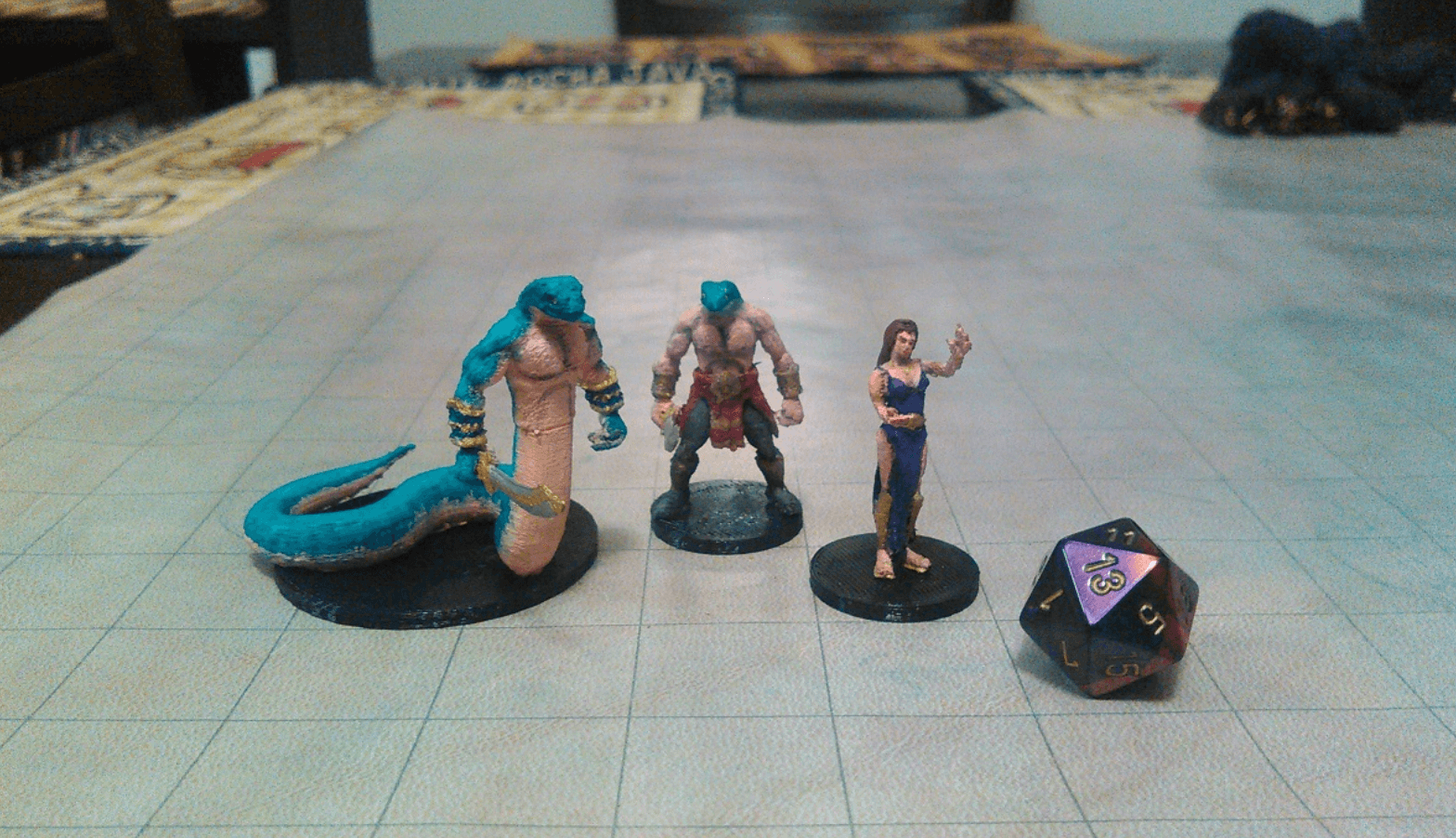Dungeons and Dragons (D&D) has captured the hearts of countless adventurers over the years, offering a captivating realm of imagination and adventure. At the core of this renowned tabletop role-playing game lies the element of combat, where heroes clash with enemies and engage in thrilling battles. There are multiple elements that make up combat – read more to get an in-depth breakdown of each.
Initiative and Turn-Based Combat
In D&D, combat follows a turn-based structure, ensuring fairness and order during clashes. The order in which participants act is determined by initiative, which is determined by rolling a d20 and adding your initiative score – this is determined by your character’s individual dexterity scores, which represent their agility and reaction time. The higher the roll, the higher the character acts in combat. This system allows for strategic planning and tactical decision-making.
Actions, Attacks, and Damage
During their turn, a character has a range of actions they can take. The most common action is attacking. To determine if an attack hits (meaning melee or a spell that has an attack roll associated with it), the player rolls a d20 and adds their attack bonus, which is calculated based on their proficiency with the chosen weapon or spell. If the attack hits the target (determined by their armor class), the player rolls the damage dice associated with the weapon or spell to calculate the damage inflicted on the opponent.
Spells and Spellcasting
Magic is an integral part of combat in D&D, with spellcasters wielding incredible power and variety in options of things to do during a fight. Spellcasting involves preparing and choosing spells from a character’s spell list, which can range from offensive spells to healing and protective ones. Casting a spell typically requires a successful attack roll or a saving throw made by the target to resist its effects. The spells in D&D encompass a vast array of possibilities, allowing players to tailor their approach and contribute in unique ways during combat encounters.
Hit Points
A fundamental aspect of combat in D&D is the concept of hit points (HP). Hit points represent a character’s vitality and ability to withstand damage. When a character takes damage, their hit points decrease accordingly. If a character’s HP drops to zero or below, they fall unconscious or die, depending on the severity of the damage inflicted. Hit points can be regained through things like healing spells, potions, or other means. This is where a healer in your party comes in handy!
Tactical Movement and Positioning
Combat in D&D extends beyond mere attacks and spells. Strategic movement and positioning play a pivotal part in battles. Characters can move a certain distance on their turn, which is determined by their speed. The environment, including things like obstacles, difficult terrain, and cover, influences movement options and can provide advantages or disadvantages to combatants.
Action Economy and Bonus Actions
Managing actions effectively is key in D&D combat. Each character has one action they can take during their turn (with the exception of some classes, feats, magic items, etc., which allow more than one), which includes attacking, casting a spell, or performing other abilities. Characters can also take a bonus action on their turn, which is more of the same. These bonus actions often have limitations to maintain balance and prevent overpowered combinations. Wise allocation of actions and bonus actions can significantly influence the outcome of battles.
Status Conditions and Special Abilities
Combat in D&D involves an assortment of status conditions and special abilities that can alter the flow of battle. These conditions, such as being blinded, paralyzed, or poisoned, can hinder or incapacitate characters, adding depth and complexity to combat encounters. Moreover, classes and creatures possess unique abilities, such as the rogue’s sneak attack or the dragon’s breath weapon, which create exciting dynamics and diverse strategies.
Overall, combat in Dungeons and Dragons is a captivating blend of strategy, imagination, and, of course, dice rolls. From the thrill of initiative to the careful selection of actions, each battle unfolds in a unique and immersive way. The rules and mechanics governing combat in D&D ensure a balanced and engaging experience, allowing players to showcase their creativity and teamwork. So gather your friends, sharpen your swords, and embark on an adventure where battles are decided not only by strength, but also by wit and cunning. The realm of D&D awaits – happy adventuring!
